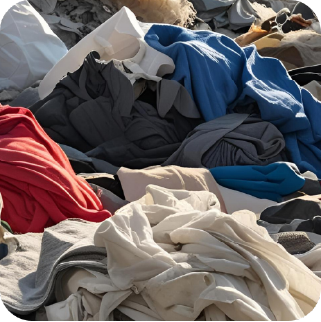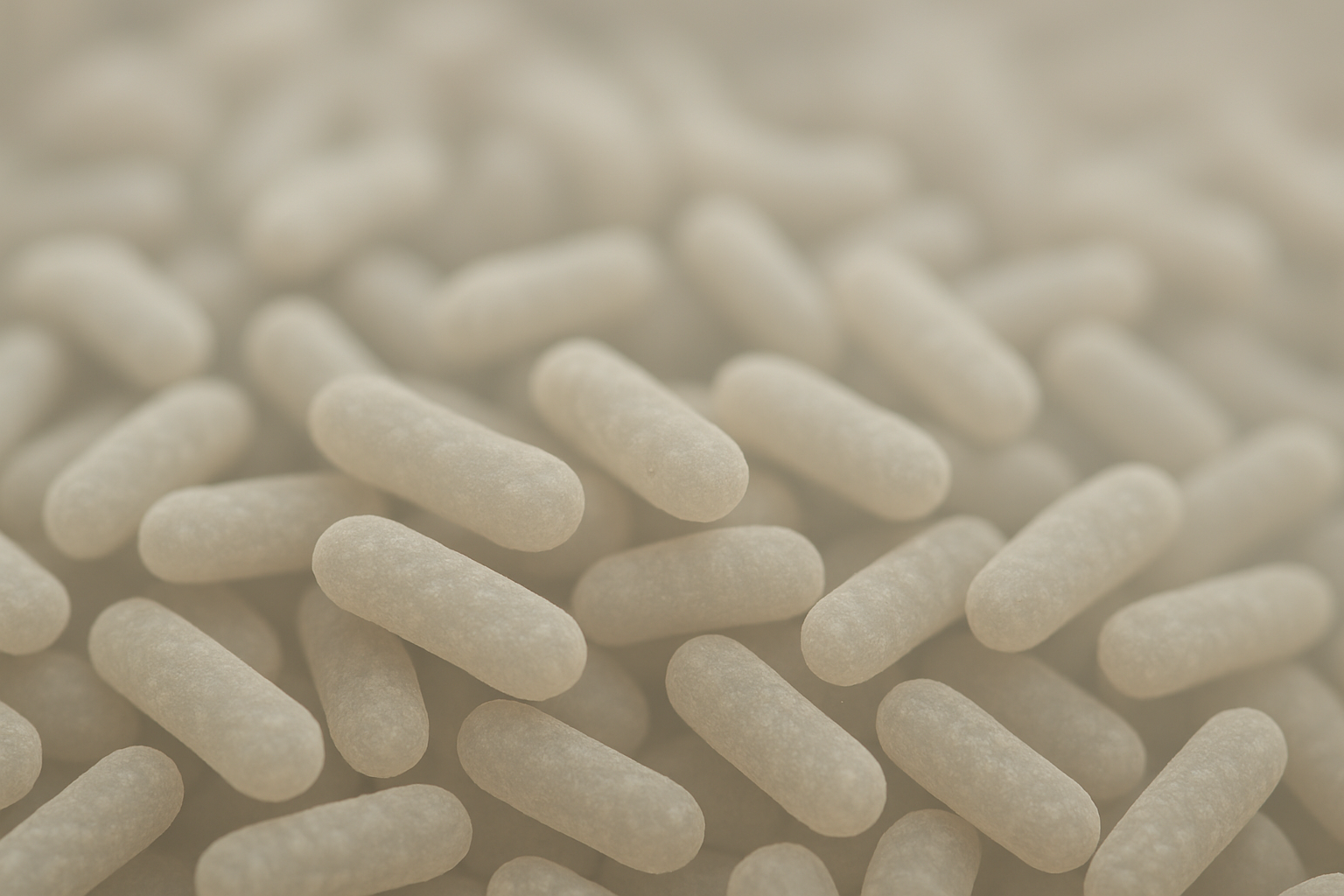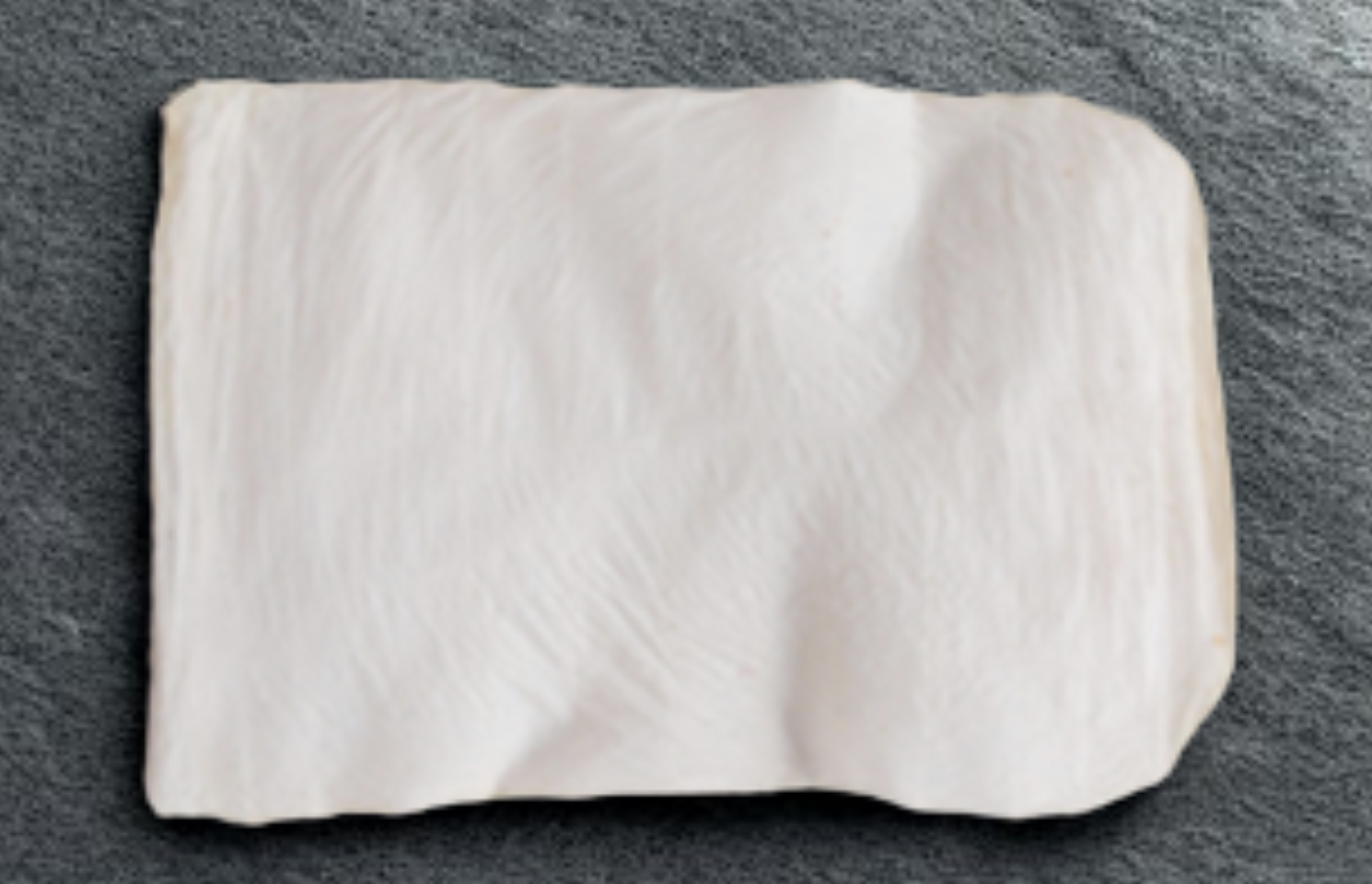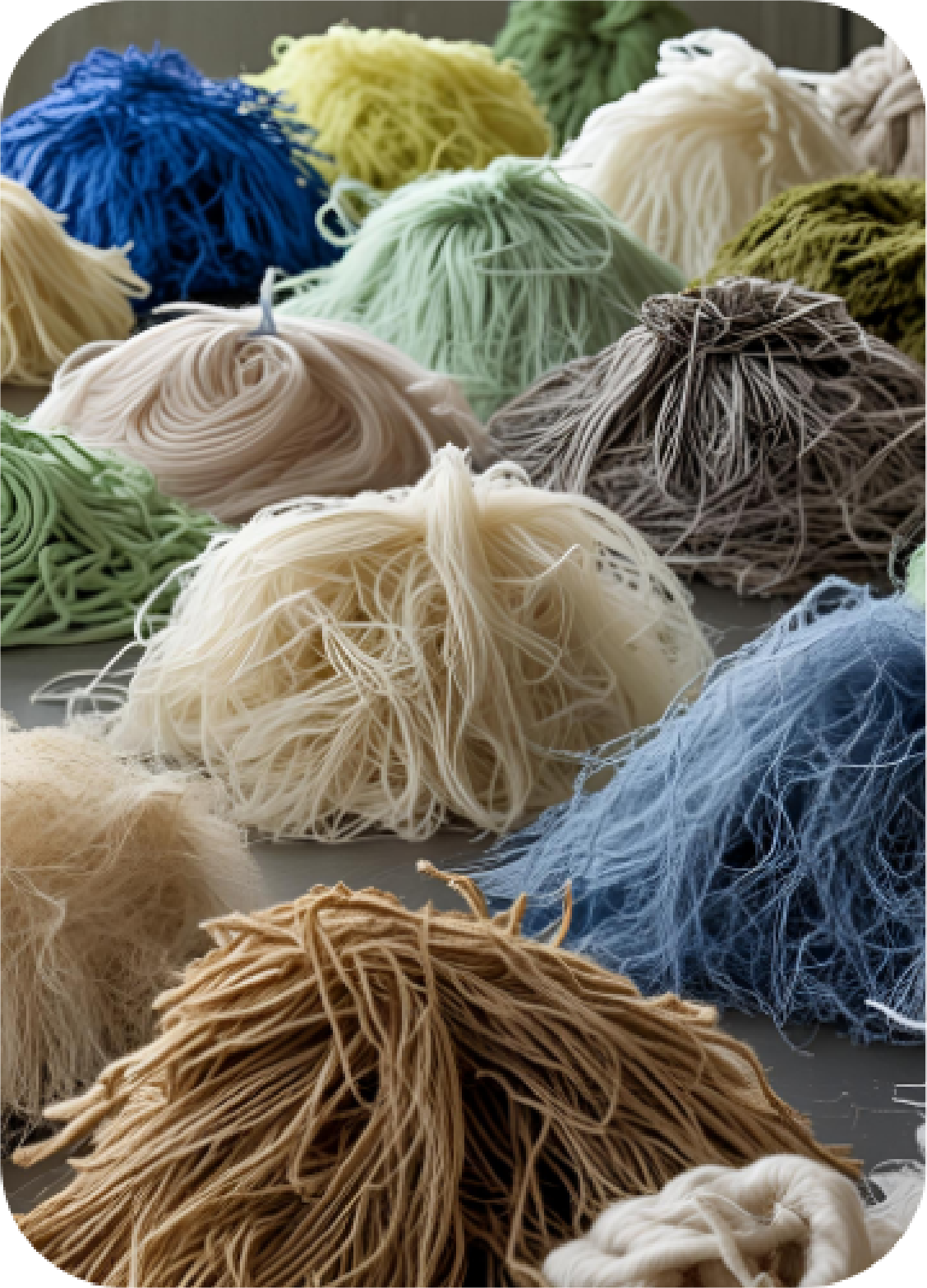Our Technology
What is Cellulose Renaissance?
Cellulose Renaissance is a bold new approach, designed in the UK to tackle material waste. At its core, it has pioneered a groundbreaking biobased process that leverages enzyme and fermentation to recycle discarded textiles into high-quality virgin materials, offering a scalable solution for textile-to-textile recycling.
Cellulose Renaissance is about more than just a technology, it’s about pioneering a mindset shift to reimagine how we treat textile waste, how we design for longevity, and how we value the materials all around us.
Inspired by the spirit of renewal or renaissance in French, we are using Science to provide a biobased solution for re-purposing textiles waste, reducing waste to landfill and providing more sustainable materials for clothes production

.png)


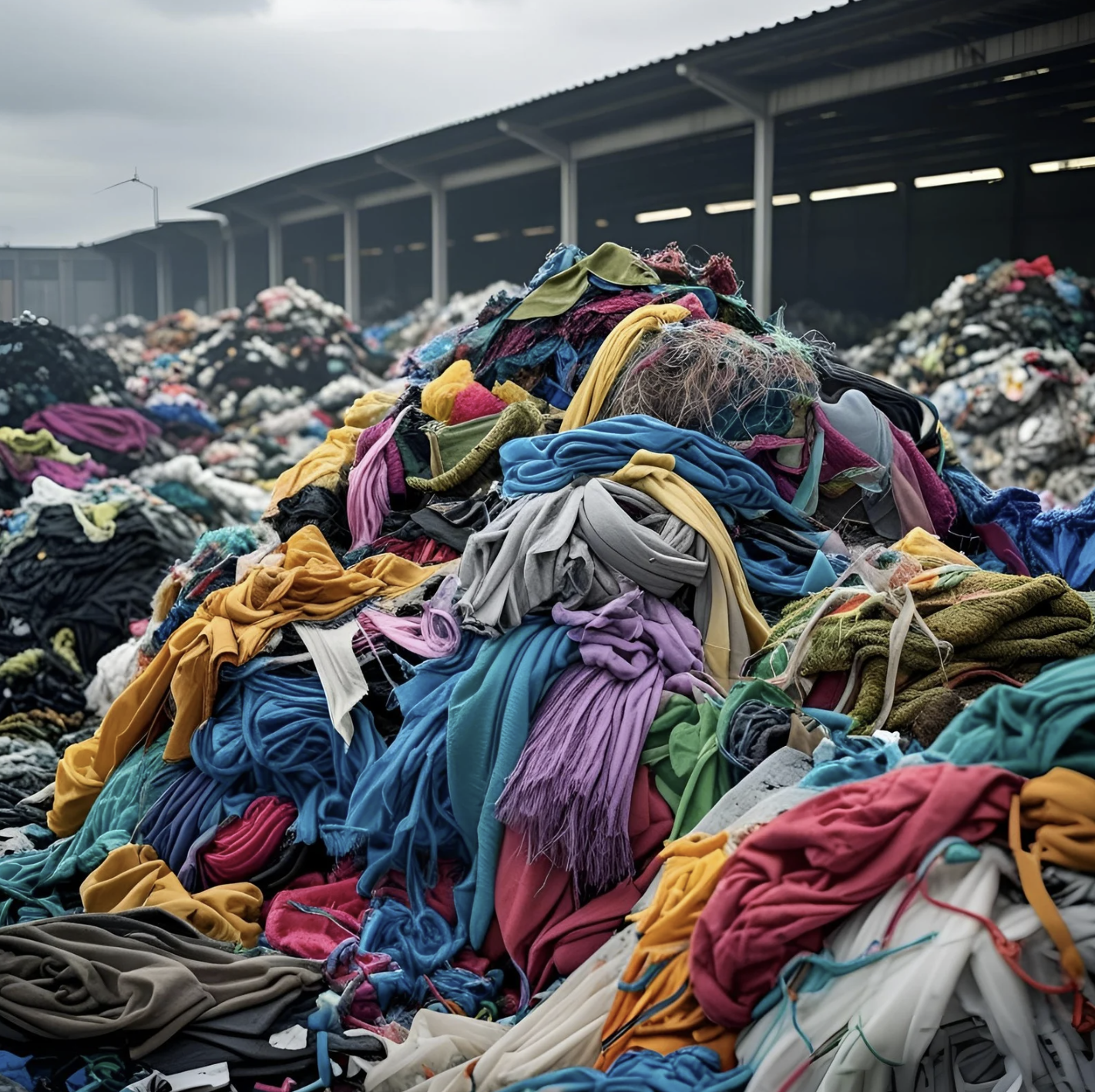
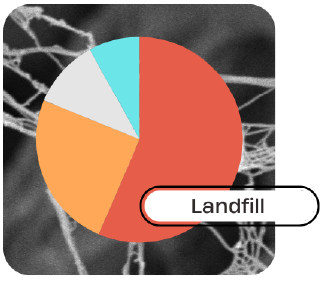








_800x500.webp)

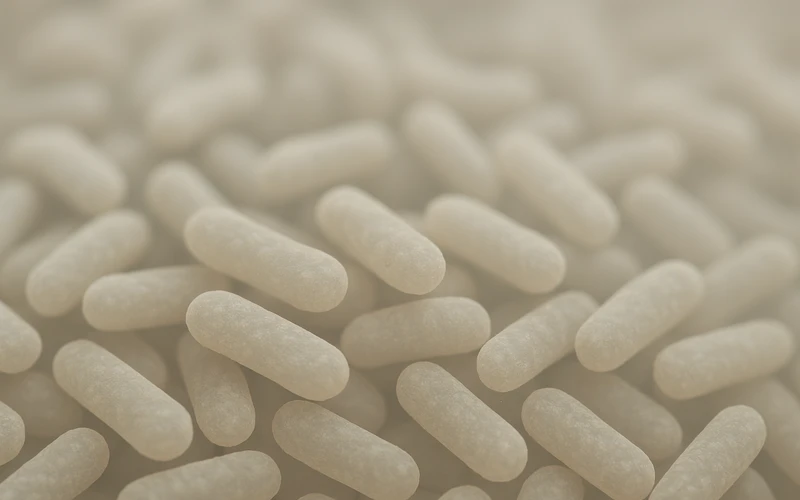

_800x500.webp)
